RAW vs. JPEG: Key Differences You Need to Know for Better Photography
Understanding file formats in digital photography is crucial for achieving the best results from your images. RAW and JPEG are two of the most commonly discussed formats, but what do they really mean, and why is it important to know the difference? Whether you’re just starting or looking to refine your photography skills, understanding these formats can greatly impact your work.
In this article, we’ll explore the technical differences, advantages, and drawbacks of RAW vs. JPEG, helping you decide which one suits your needs. Knowing the strengths and limitations of each format can significantly improve both your workflow and the quality of your photos. Let’s dive in.
What is RAW?
RAW files are unprocessed data captured by your camera sensor. They can be thought of as digital negatives. In contrast to JPEG, which is processed in- camera and converted into a sharable image, RAW files retain all the original information, including details that would be discarded in a JPEG.
The most notable benefit of RAW files is that they permit photographers full authority over their shots during post-processing. Using RAW means capturing maximum detail and thereby providing more options for adjusting exposure, white balance, contrast, and even retrieving shadows and highlights.
RAW files are much larger than JPEGs and, therefore, require more storage space. However, they enable you to capture images with more detail, which makes them the choice for experts who require the highest quality and need to make extensive changes to their images.
It’s important to note that RAW files are not compatible with everything. You’ll require special software, such as Adobe Lightroom, Photoshop, or Capture One, to view and edit these files. After editing, you can export your final image in a range of formats, such as JPEG.
What is JPEG?
JPEG, which stands for Joint Photographic Experts Group, is a highly compressed image format widely used in digital cameras and mobile phones. Unlike RAW images, JPEGs are compressed and processed in-camera, minimizing file size but losing some of the original data in the process.
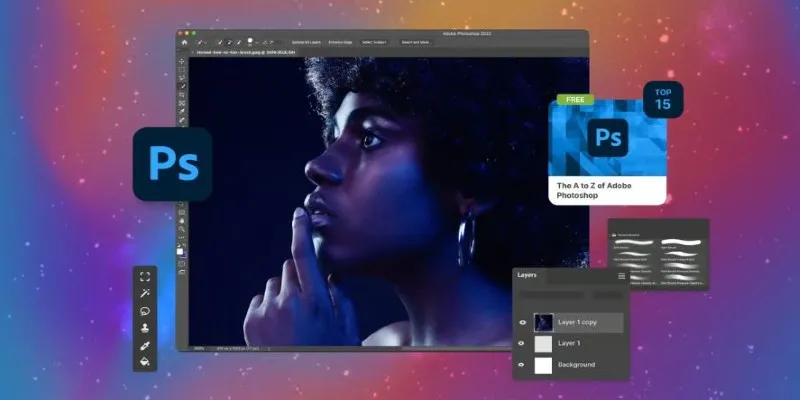
The primary advantage of JPEG is its small file size, which makes it easier to store and share images. Since the camera processes JPEGs, they are ready to use immediately after taking the photo. This can be an attractive feature for photographers who need to capture many images quickly or for those who prefer not to spend time editing photos later.
However, the compression process in JPEG sacrifices some image quality. While the differences may not be noticeable in casual use or on smaller screens, JPEG files can lose detail, particularly in areas with complex textures or color gradations. For example, once the image is compressed, it can become less sharp, and noticeable artifacts may appear when you zoom in.
JPEG is supported across virtually all platforms and editing software, making it extremely convenient for sharing and printing photos. The format strikes a balance between file size and image quality, making it the go-to choice for many photographers who prioritize convenience and efficiency over fine-tuned editing flexibility.
RAW vs. JPEG: The Key Differences
Understanding the differences between RAW and JPEG is essential to making an informed choice about which format best suits your photography needs.
Image Quality
RAW files offer the highest possible quality because they preserve every detail captured by the camera’s sensor. This is especially beneficial for photographers who plan to do extensive editing, as it allows for greater latitude in post-processing. On the other hand, JPEG files are compressed and lose some image quality due to the algorithm used in the compression process.
File Size
Because RAW files contain unprocessed data, they are significantly larger than JPEGs. This means you’ll need more storage space to store your RAW images. JPEGs are compressed and much smaller in size, making them easier to store and share.
Flexibility in Editing
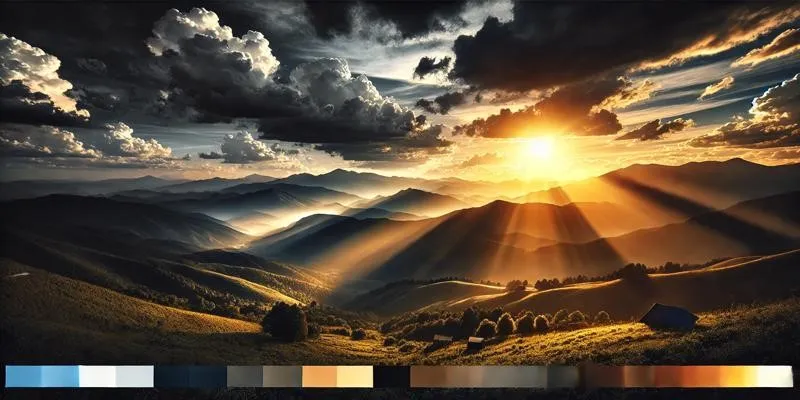
One of the most significant advantages of RAW files is the level of flexibility they provide in post-production. Since RAW retains all the data from the sensor, it gives you more control over adjustments like exposure, white balance, and shadow recovery. JPEGs, due to their compression, offer less flexibility and can suffer from visible degradation if you attempt to edit them extensively.
Processing Time
RAW files require more time for processing in post-production. Editing RAW images can take longer because of the need to make adjustments manually. JPEGs, being processed by the camera, are ready to go immediately after capture, saving time for photographers who don’t need to make significant changes to their photos.
Use Cases
RAW files are ideal for situations where image quality is paramount, such as professional photography, landscape photography, or any scenario that requires detailed post-processing. JPEGs, on the other hand, are perfect for everyday use, such as casual photography, event photography, or when you need to quickly share images online.
When Should You Use RAW vs. JPEG?
RAW is best when you need maximum image quality and editing flexibility. It preserves all sensor data, allowing for detailed adjustments in exposure, white balance, and contrast. This format is ideal for professional work, challenging lighting conditions, and projects requiring extensive post- processing to achieve the highest image standards.
JPEG is ideal when file size and convenience matter. Processed in-camera, JPEGs are ready to use immediately, making them perfect for quick sharing, social media, and everyday photography. They require minimal storage and no extensive editing. This format is also useful for capturing large volumes of images at events or parties where a fast workflow is essential.
Conclusion
The choice between RAW and JPEG depends on your photography needs. RAW offers superior image quality and flexibility in editing and is ideal for professional work, but it requires more storage and processing time. JPEG, on the other hand, provides smaller file sizes and is ready to use immediately, making it perfect for casual photography and quick sharing. Understanding these differences helps you make the right decision based on the type of photography you do and your workflow preferences.
Related Articles
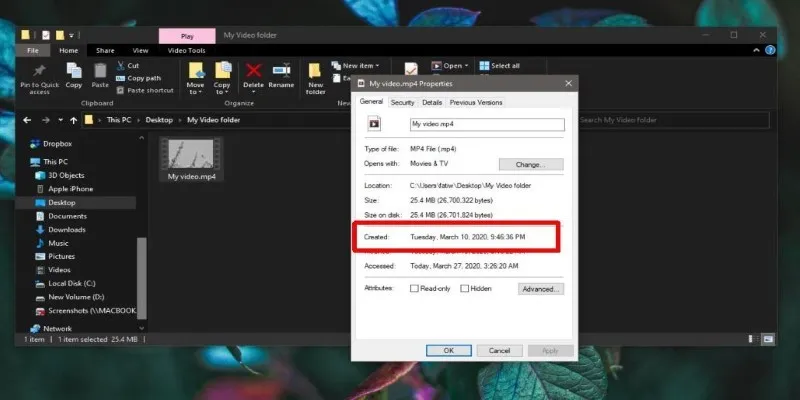
The Ultimate Guide to Changing Creation Dates for Files on Windows
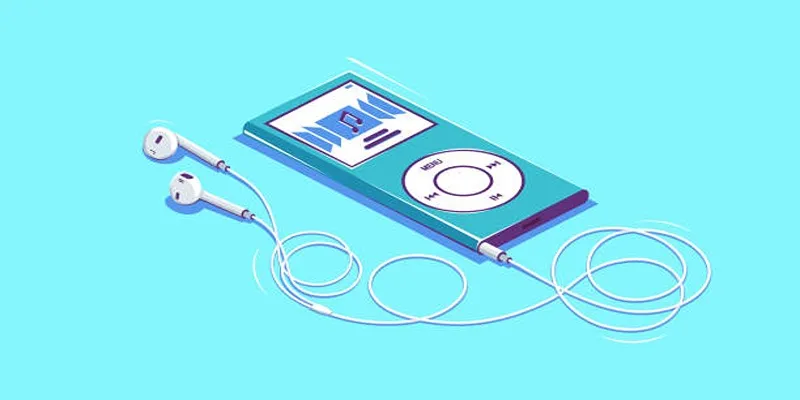
The Beginner’s Guide to Changing WAV Files into MP3 Format

The Beginner’s Guide to Changing WAV Files into MP3 Format
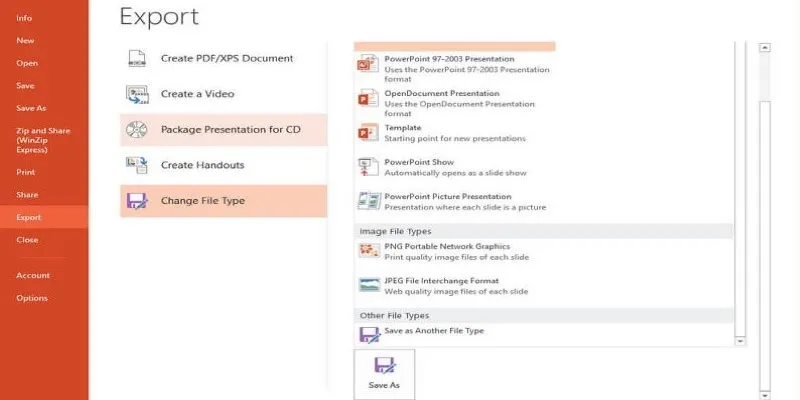
How to Save PowerPoint Slides as JPEG/JPG: A Step-by-Step Tutorial
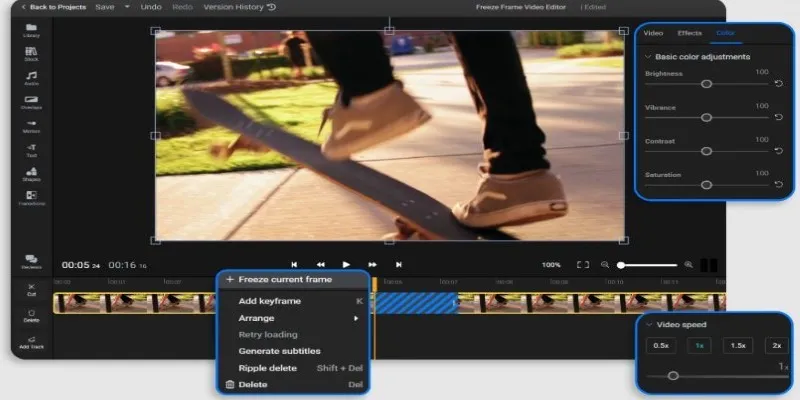
Convert BMP to JPG: Tricks to Reduce File Size and Keep Quality Intact

Convert iPhone Photos to JPEG: Quick and Easy Methods
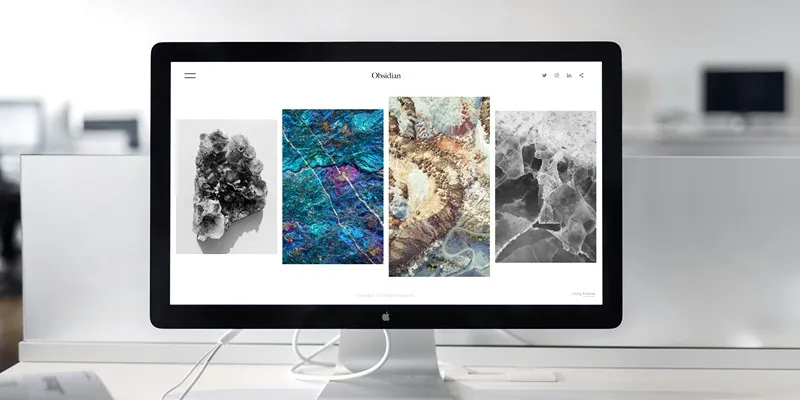
Comprehensive Review of the iMazing HEIC Converter in 2025

Why You’ll Need a New App to Use Gemini on Your iPhone

Top 3 Simple Ways to Convert WMA to MP4 Easily
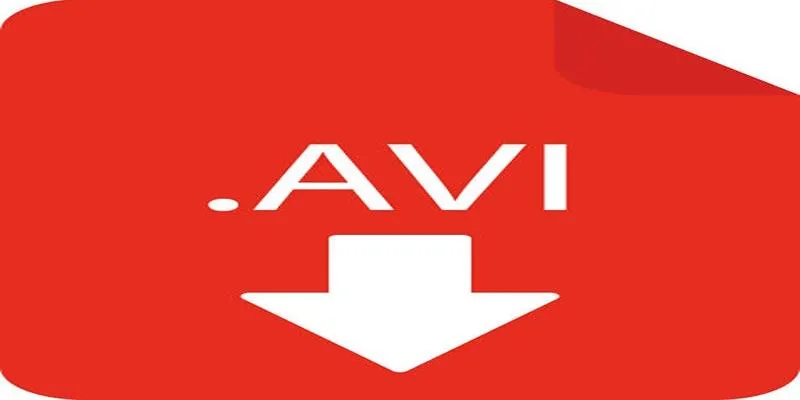
3 Easy Ways to Transform AVCHD Files into AVI Format

Top Online Tools to Easily Convert OGG to MP4

Everything You Need to Know About Converting to MP4
Popular Articles

Top 6 Electronic Signature Apps in 2025 to Sign Documents with Ease

Top 5 Ways to Automate Google Analytics for Better Efficiency

Top Sony Vegas Plugins to Enhance Your Video Editing Experience

Top 7 Must-Have Plugins for Windows Movie Maker
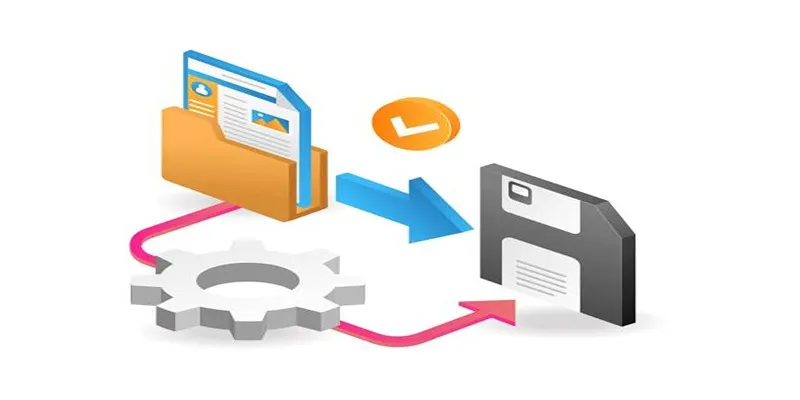
Top 6 Media Converter Ultimate Tools for Quick File Conversion

Streamline Your Workflow with These Powerful Social Media Platforms

How to Save Snapchat Stories Without Triggering Notifications
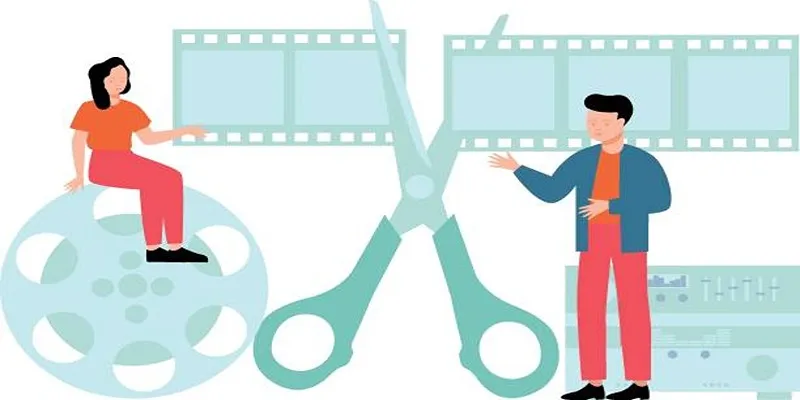
How to Split Video Clips in iMovie: A Step-by-Step Guide
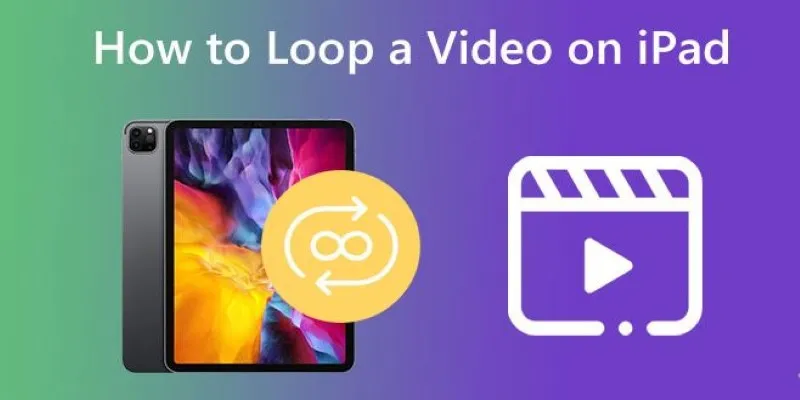
Looping Videos on iPad Without Wi-Fi or Workarounds
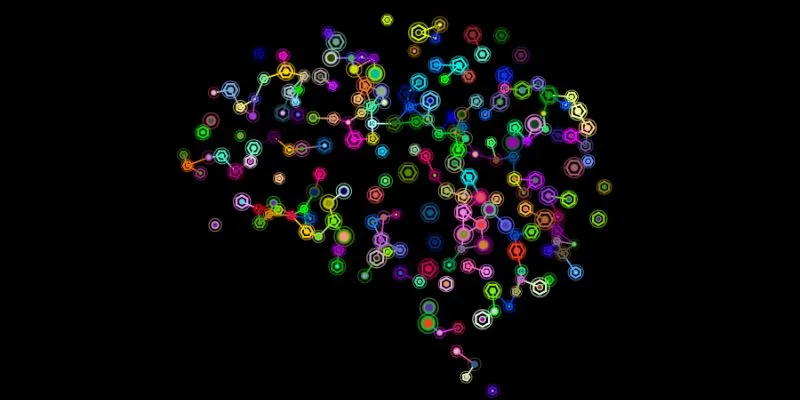
The Future of Creativity: The 9 Best Brainstorming Tools in 2025
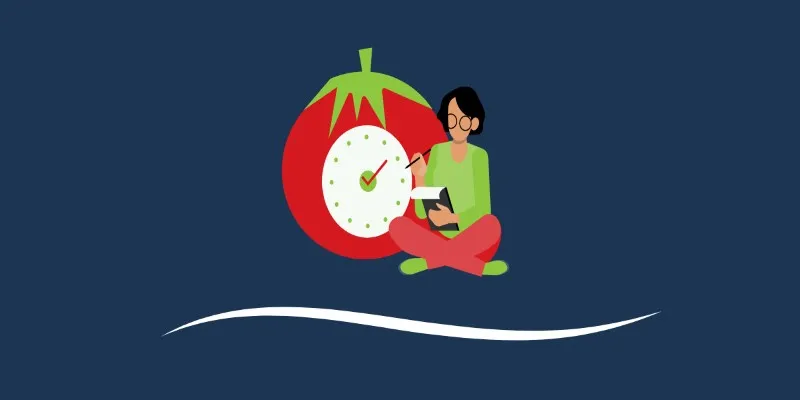
The 6 Best Pomodoro Timer Apps in 2025 for Maximum Focus and Productivity

 mww2
mww2